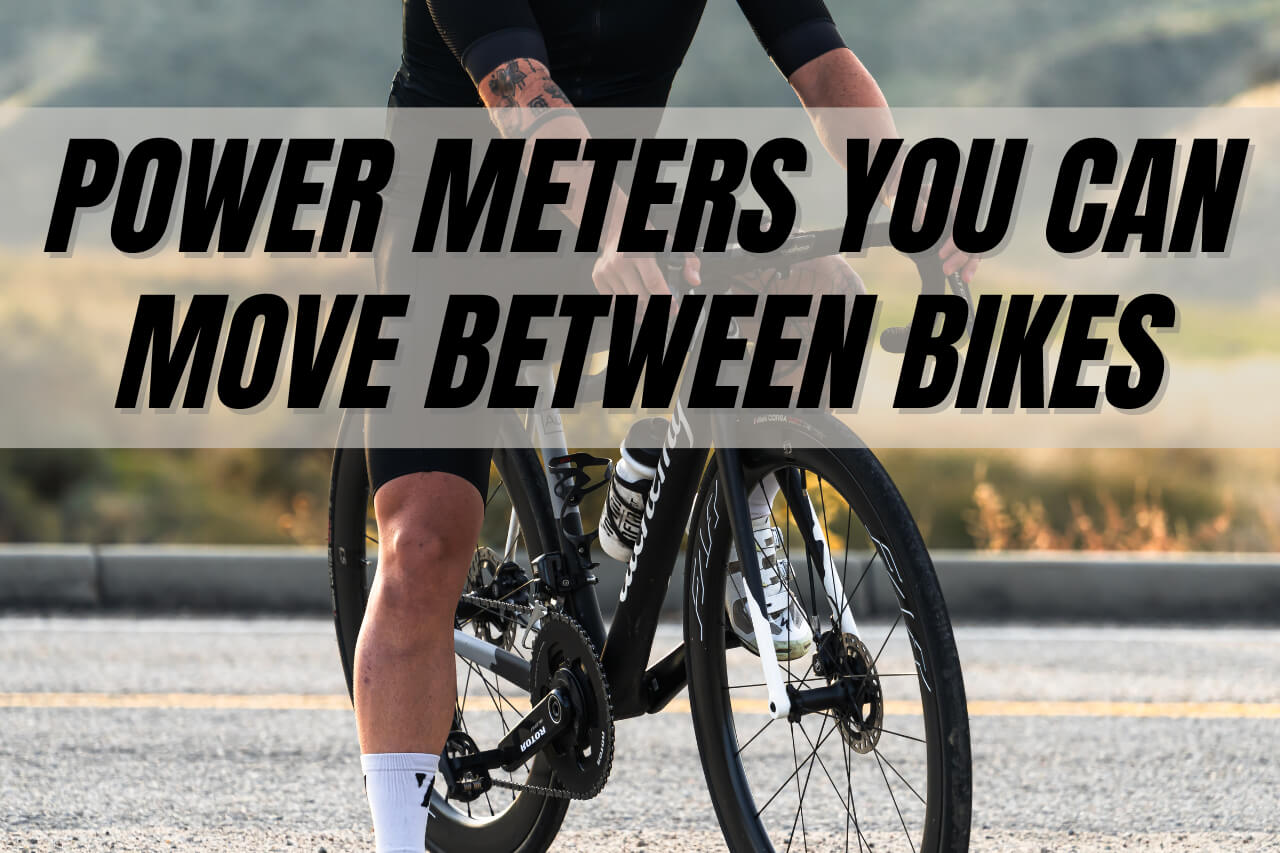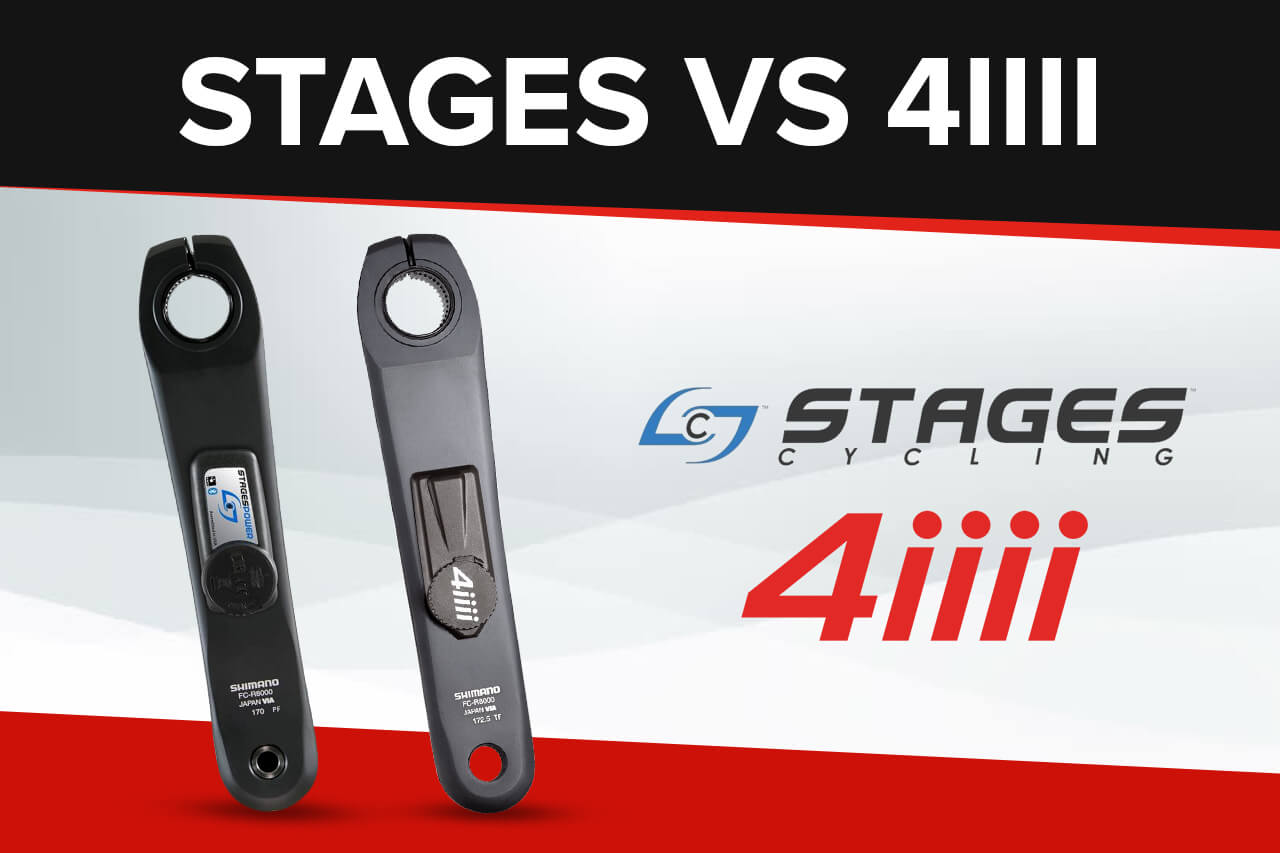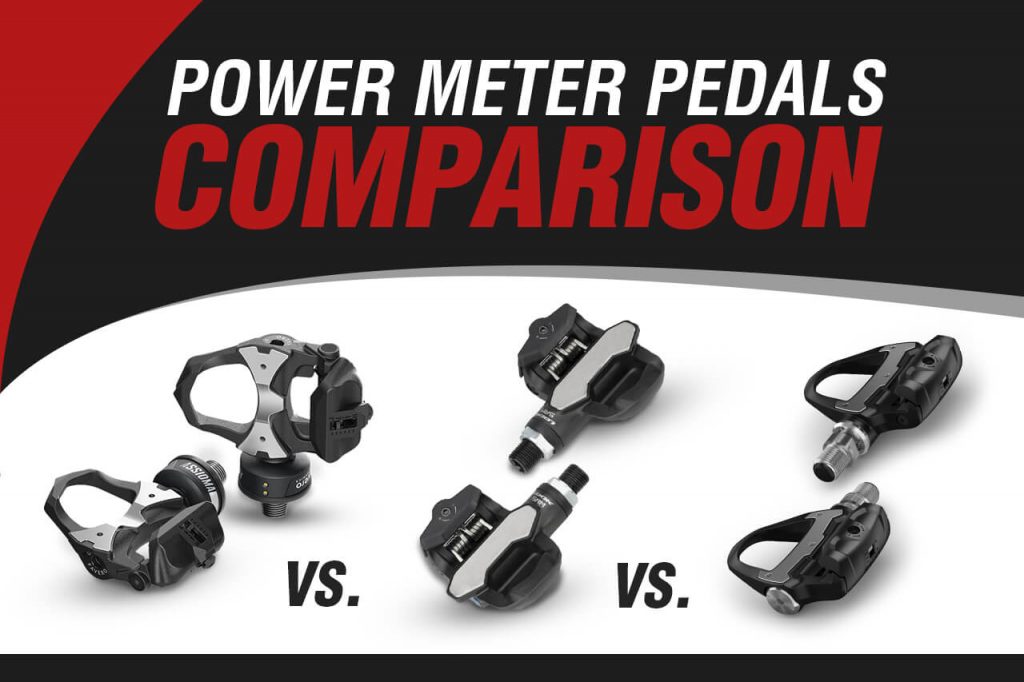Many cyclists own multiple bikes. Maybe you have a road bike and a mountain bike. Or perhaps you have a bike you use for training and another for racing. Or maybe you’re like us and you follow the n+1 school of thought (the correct number of bikes to own is n+1, where n is the number of bikes you currently own). In any event, if you are lucky enough to own a few bikes, congratulations. However, when it comes to training and racing with a power meter, this can present a challenge. Ideally, you want to have a power meter on all your bikes. In this article, we’ll explain why it’s often nice to have a power mater you can move between bikes. We’ll also dive into what your options for doing so are.

Having a power meter on each and every bike allows you to track your power data every day you’re on the saddle. Over time, this will paint the best picture of your progress and fitness, as well as your strengths and weaknesses on different rides as well as different terrain.
If you own multiple bikes, you have some options. For example, you can buy one power meter and train to power when you’re on your power equipped bike and train to heart rate or feel when you’re on your other bikes. Not ideal…but admittedly better than not having a power meter at all. Or, you can buy a power meter for every bike you own. This ensures you’re always training with power, but it can be costly.
Movable Power Meters for Road and MTB Bikes
Yet another option is to find a power meter that you can move between your bikes. This isn’t as convenient as having a power meter on every bike (as it takes a level of commitment to move a power meter back and forth), but it is obviously cheaper. Below, we will outline what we think are the best options for a power meter that can be moved from bike to bike.
1. Pedals
The first power meter type we would recommend would be road power meter pedals or MTB power meter pedals. Pedals fit any bike and you can move them between bikes in minutes. While some of the previous models required quirky installation steps, all of the current pedals are simple to install or move.
For road bikes, you can get a single-sided pedal starting at $495 (Assioma UNO) or a dual-sided pedal starting at $759 (Assioma DUO). We have options for all cleat types including LOOK Keo, SPD-SL and Speedplay.
For MTB, Favero is also the most affordable options with the single-sided Assioma PRO MX-1 priced at $499 and the dual-sided Assioma PRO MX-2 at $759. All MTB power meter pedals use an MTB 2-bolt SPD cleat, with the exception of the SRM Flat Power Meter Pedal that is a platform style pedal.
Favero Assioma DUO

LOOK Keo Blade Power

2. Crank Arm
Crank-arm based power meters like the ones from Stages Cycling and 4iiii replace your current, non-drive side crank arm and measure the power that is generated from your left leg. These units can be installed in about 10 or 15 minutes and can also be transferred between bikes…sometimes. You need to ensure you have compatible cranksets. If you are running the same Shimano crankset on both bikes for example, you’re probably good. However, if you have a Shimano crankset on one bike and an FSA crankset on your other bike for example…this option isn’t going to work for you. Also, while doable, moving a crank arm between bikes takes more work than a pedal. You are not going to want to do this on a frequent basis.
Stages Cycling

4iiii Innovations

Road to MTB?
The trickiest situation to solve is moving a power meter between a road and mountain bike. Crank arms won’t work because road and MTB cranks use different offsets (MTB cranks have wider or larger offsets). For example, if you used an MTB power meter crank arm on a road bike, you left pedal would be further from center. If you tried to use a road arm on an MTB bike, your left pedal would be closer to center, and might very well come in contact with the chainstay as you pedal. However, let’s discuss your pedal options.
1. Pedals
One option is to use an offroad pedal which would work on both bikes. However, with this option, you would be forced to use your MTB shoes and cleats while on your road bike. While some customers indeed have an MTB 2-bolt SPD set-up on their road bike, it’s not the norm.
Another unique option is the Garmin Rally Power Meter Pedal. These pedals use a transferable spindle system. This allows you to transfer the power meter spindle from a road to an MTB pedal body or vice-versa. For example, if you were to buy the Rally XC (an MTB pedal) and wanted to also use the power meter on your road bike with Shimano SPL-SL cleats, you would then buy the Garmin Rally RS Pedal Conversion Kit which would allow you to transform the pedals from MTB to road.
Rally XC100

RS Conversion Kit


 Sigeyi AXO SRAM Road Power Meter
Sigeyi AXO SRAM Road Power Meter  4iiii PRECISION 3+ Shimano R7000 Power Meter
4iiii PRECISION 3+ Shimano R7000 Power Meter  SRAM X0 Eagle AXS Transmission Power Meter Spindle Crankset
SRAM X0 Eagle AXS Transmission Power Meter Spindle Crankset 

